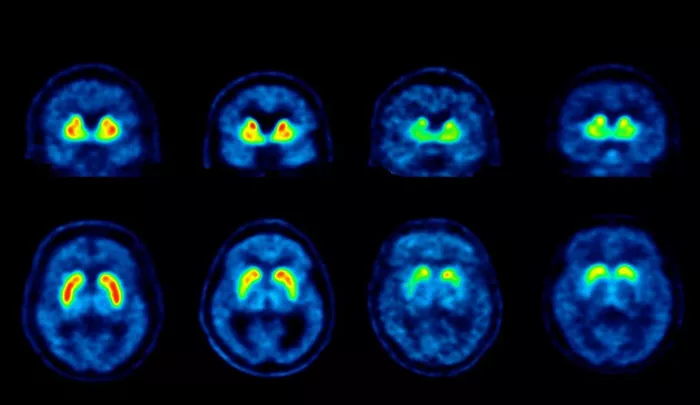Scientists have made important progress in using PET scans to spot early signs of Parkinson’s disease and related brain disorders caused by abnormal protein clumps called α-synuclein.
These clumps build up in the brains of people with diseases like Parkinson’s, dementia with Lewy bodies, and multiple system atrophy. Until now, doctors could only confirm these protein deposits after death, making early diagnosis very hard.
Researchers from Fudan University in China reviewed new PET scan tracers-special radioactive markers-that can show α-synuclein clumps in living patients. Some tracers, like [18F]C05-05 and [18F]ACI-12589, have successfully highlighted affected brain areas and helped tell these diseases apart.
For example, [18F]C05-05 showed strong signals in the midbrain of patients with Parkinson’s and Lewy body dementia, matching their symptoms. Another tracer, [18F]ACI-12589, helped identify multiple system atrophy by lighting up specific brain regions differently than in other disorders.
These advances could transform how doctors diagnose and monitor these diseases, possibly even before symptoms appear. Early detection might also help test new treatments that target α-synuclein buildup.
However, challenges remain because α-synuclein clumps vary in location and shape across diseases, making it hard to create one perfect tracer for all.
Experts say this technology could lead to personalized care and better clinical trials by showing exactly how much protein buildup a patient has.
As the number of people with neurodegenerative diseases grows worldwide, these PET scan breakthroughs offer hope for earlier diagnosis and improved treatment options.
In short, new PET scan tools are bringing us closer to spotting Parkinson’s and Lewy body disorders early, which could help patients get the care they need sooner.
Read more:
- Is Parkinson’s a Mental Illness?
- How to Increase Diastolic Pressure?
- Best 5 Treatments for Male Impotence


